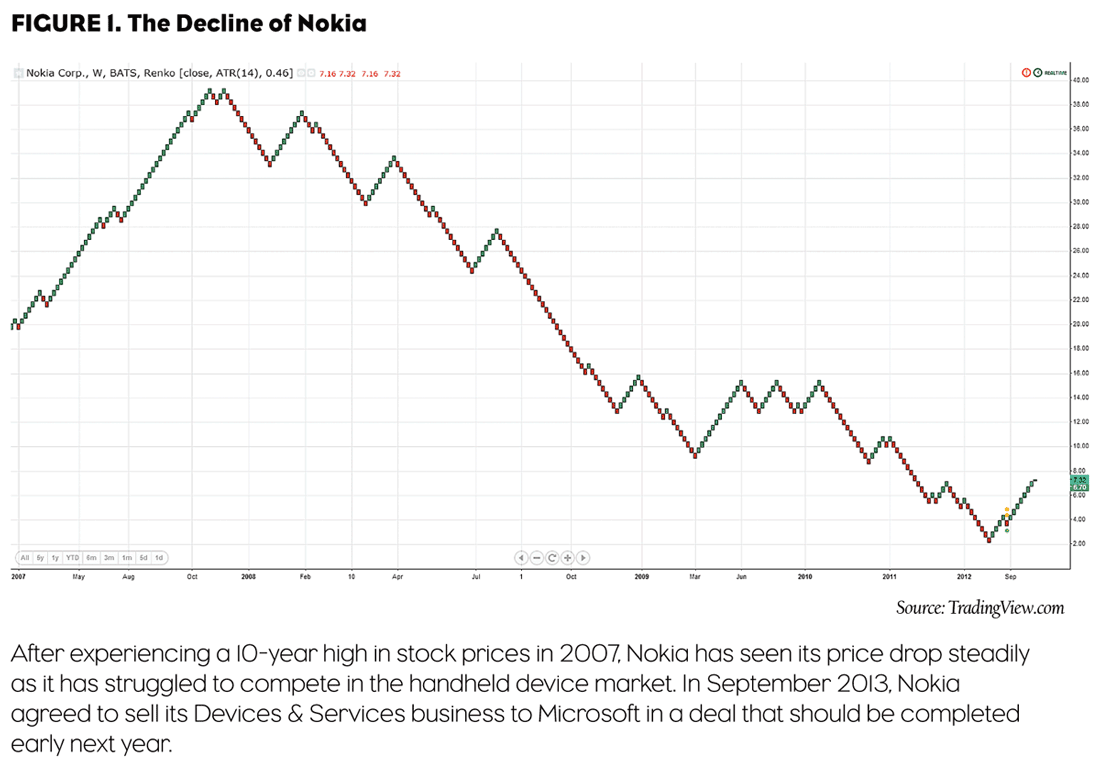At this point in the year, most marketers are doing their final check of the fourth quarter’s business and answering calls from the finance department about whether the latest forecast will actually be achieved. As the remaining weeks of 2013 unfold, the new marketing plans for 2014 are in their final stages of senior management presentations and approvals. It is typically a jam-packed schedule of preparing and delivering presentations until someone finally cries out, “It’s almost over!”
Will next year be very different? Some of the same vexing questions will still be before us. For example, here are a few of my favorites:
1. “How can I spread media dollars across digital, television and mobile channels, when there is inadequate understanding of how those channels integrate to either expand or duplicate your target audience?”
2. “How do I gauge demand as I try to build scale in underdeveloped markets, when many categories are dominated by local manufacturers and brands?”
3. “Where, oh where, can I find some new insights?” (Followed by: Does your team really know what an insight is?)
Business leaders must create structured time in the marketing planning process to pause on the tough questions and reflect on the possible outcomes of your plan in order to identify alternative strategies. Effective marketing is about maneuvering and being nimble, not simply executing the marketing plan blessed by management. Obtaining approval on your plan is often such an accomplishment in and of itself that it easy to see why people treat it as marching orders instead of a plan that will be adjusted as the year progresses.
Many of my clients hold kick-off meetings early in January to lay the groundwork for the new year and to share the elements of the marketing plan. I enjoy those sessions, whether I am leading them or just participating, because they are full of hope and excitement of what could be. They are also necessary, of course, to build alignment to the brand’s goals across many internal stakeholders and external agencies.
In these kick-off sessions, people often grow silent around the harder questions such as, “What happens if our strategy is a flop?” Followed by, “When will we know if the strategy isn’t working and how can we plan now to manage to it?” Conversely, if your new marketing plan is simply an incremental adjustment from the previous year, questions like these won’t keep you up at night.
In that case, what should keep you up at night is the fact that an incremental marketing plan only delivers incremental growth (or worse). This time last year, a few more people at Nokia should have stayed up at night worrying about the incremental growth of mobile device sales they were experiencing in 2012. Despite the promise of their 2013 marketing plan, what unfolded was much more than a “speed bump.” Their handheld device sales sped off of a cliff into double-digit decline, one agonizing quarter at a time (Figure 1).
Marketing’s role in a company is to add significant value to the enterprise in order to achieve its performance goals. Therefore, marketing plans should include some bold moves that are well thought through and executed carefully to reduce risks and enable both the business to advance and the team to learn. One simple question to ask a team when you are evaluating a marketing plan is, “What will this plan enable us to learn (i.e., about the customer, the market or perhaps our own mental models)?” If a few select boundaries are being pushed in a plan, then learning will take place and the team’s collective judgment will grow stronger in the process. I encourage teams to identify and “name the learning” to make it concrete and ensure that everyone is equally aware of the goals and the calculated risks.
Finally, a best practice I have noted in the development of marketing plans is to involve external thinkers. Create a team of five to six external people that your team regards as thought leaders and take them through the key strategies in the plan with the purpose of identifying opportunity gaps and inherent weaknesses. Seek out people who will offer constructive and candid input before the ink dries on your plan. Perhaps if some tougher questions were raised during the development of the marketing plan at Nokia, they might have made better decisions as they went into 2013. But then again maybe their issues were much more systemic.
So often we get stuck in the traffic jam of managing the current business issues and developing the next plan, that we don’t spend enough time exploring the innovative growth possibilities in a market. Only when an entrant comes in and disrupts our world do we wonder, “How did we miss that?”



